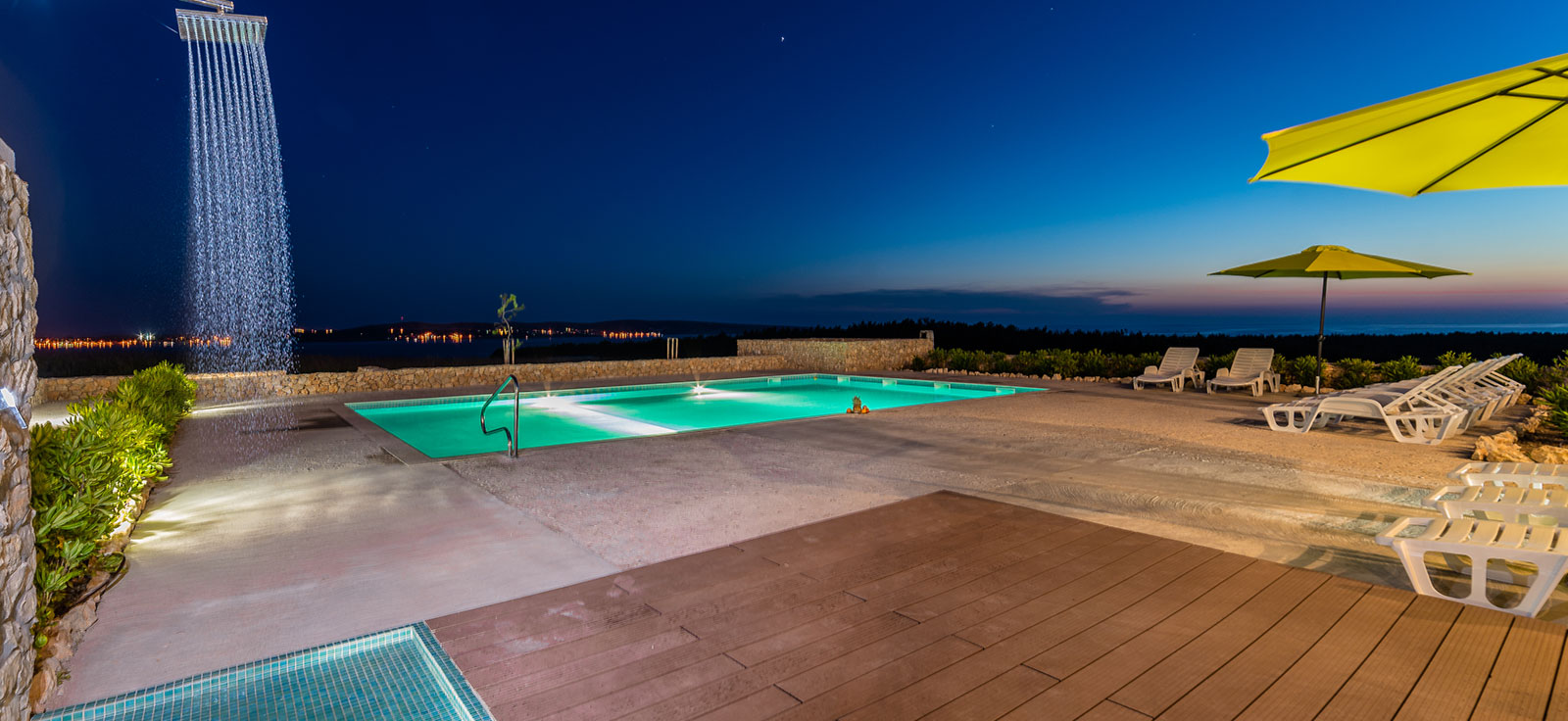

In many respects, Croatia’s wildlife is still preserved, consisting of the blended blue shades of the sea, the deep greenery of the forests and the white Dalmatian stones. Croatia managed to preserve this natural beauty and its precious remains through its brutal past when various nations and cultures took over.
The Island of Pag is connected to the mainland by a bridge and to Prizna by a ferry. This area has been inhabited since ancient times and as its name suggests: the word Pag comes from Pagus, which in Latin, means village. The historic center of the city traces its past to the Cathedral of the Assumption of Mary, the Duke’s Palace and the Skrivanat Tower (the only remaining tower out of the original 9 that were placed on the walls in order to guard the city from enemies. You can also visit the Churches of Saint Juraj and Saint Frane, as well as the Benedictine monastery of Saint Margarita, which is located in the archeological part of the old town.
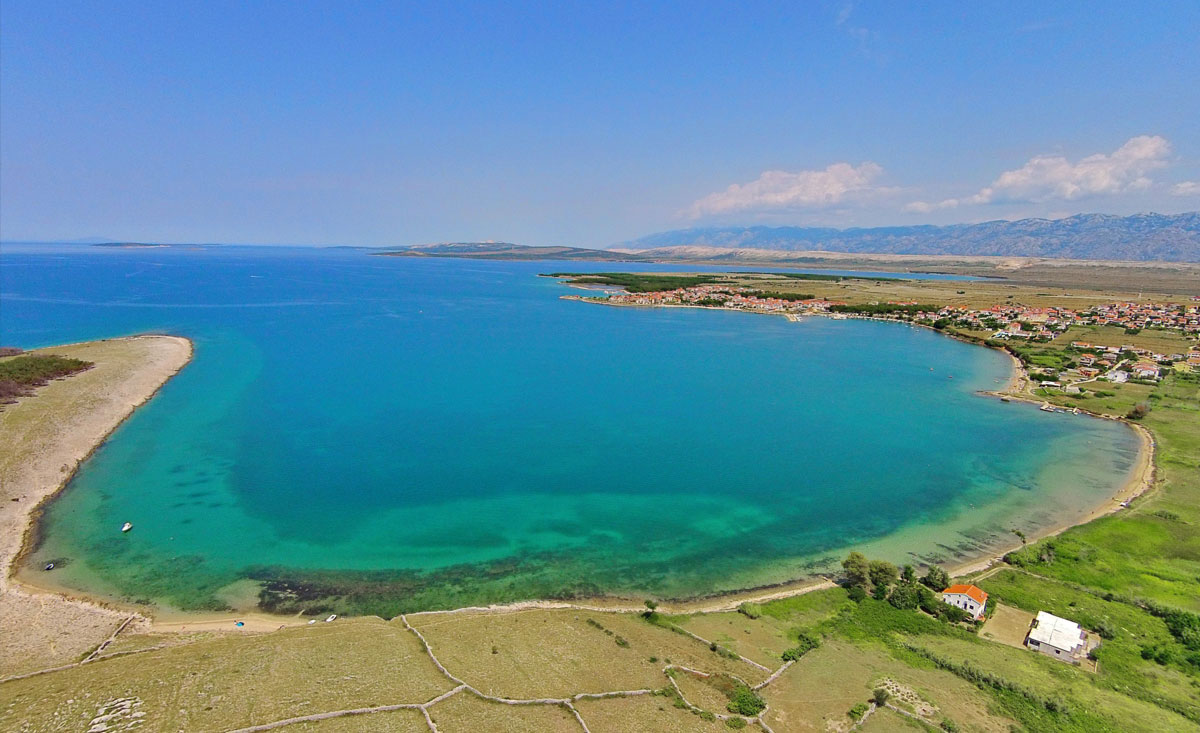
Of the 1244 islands, rocks and cliffs scattered throughout the area of the Adriatic Sea, only 67 of them have been inhabited for 13,000 years BC. The Island of Pag is among them: located in the north of Dalmatia, Pag has 27 km of sandy and pebble beaches.
Most of these locations are available by car, while others can only be reached by boat. The largest sandy beach is Prosika, located near the history center.
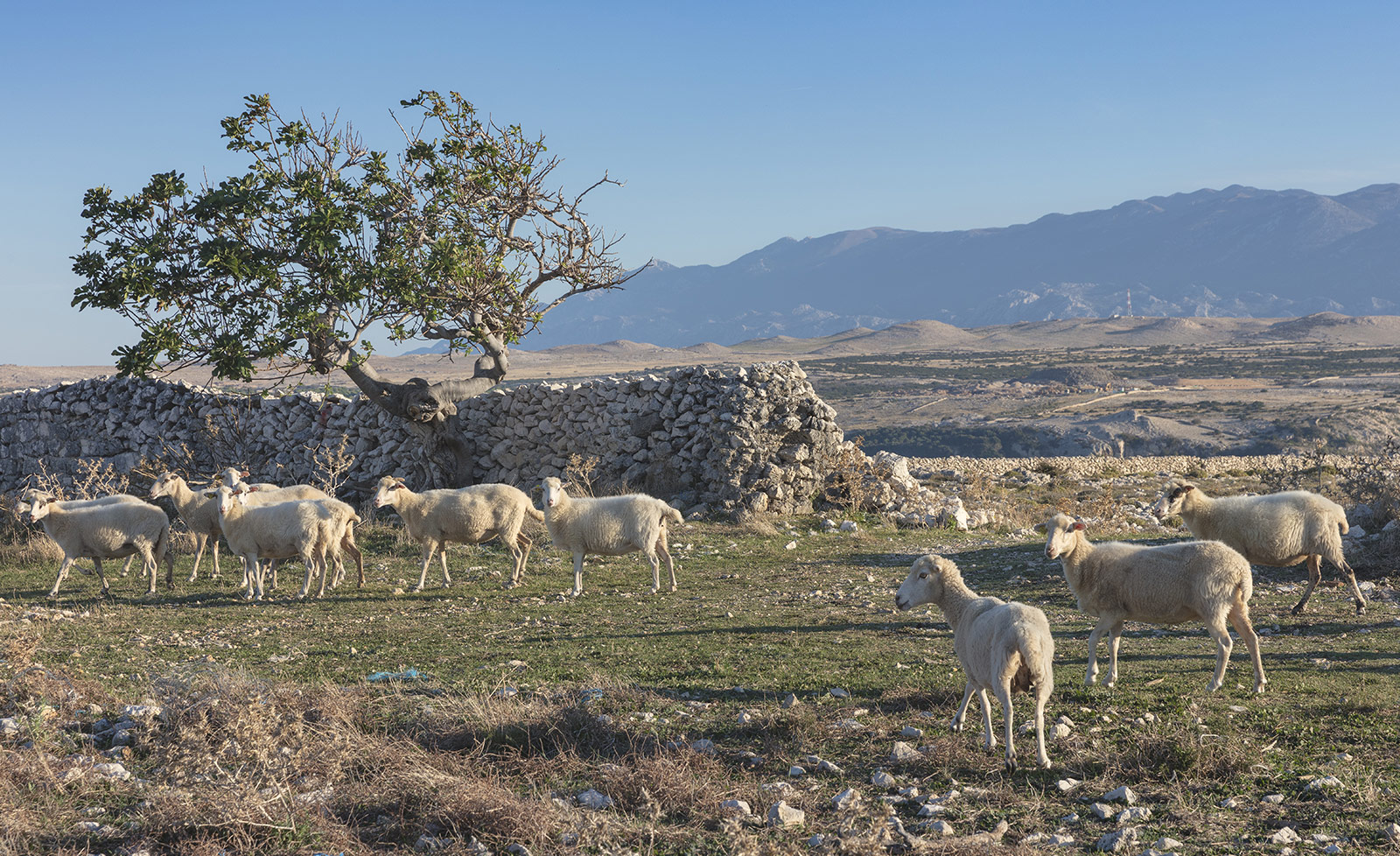
Sheep breeding is very widespread and the island land is an ideal habitat for them. Tomato and fig cultivation is also important for this area. The local cuisine offers excellent lamb and a variety of fish dishes. Cheese from the Island of Pag, made from sheep milk, is especially known for the medicinal herbs that the sheep from Pag feed on.

There is a 25 km trail for cycling and trekking intertwined around the residential complex. the rocks and cracks along the seashore attract those who like to climb and the sea bottom abounds in the variety of sea life which you can observe while diving – alone or with a bottle. During the afternoon, the maestral wind on the Island of Pag provides you refreshment, which is ideal for sailing or surfing.
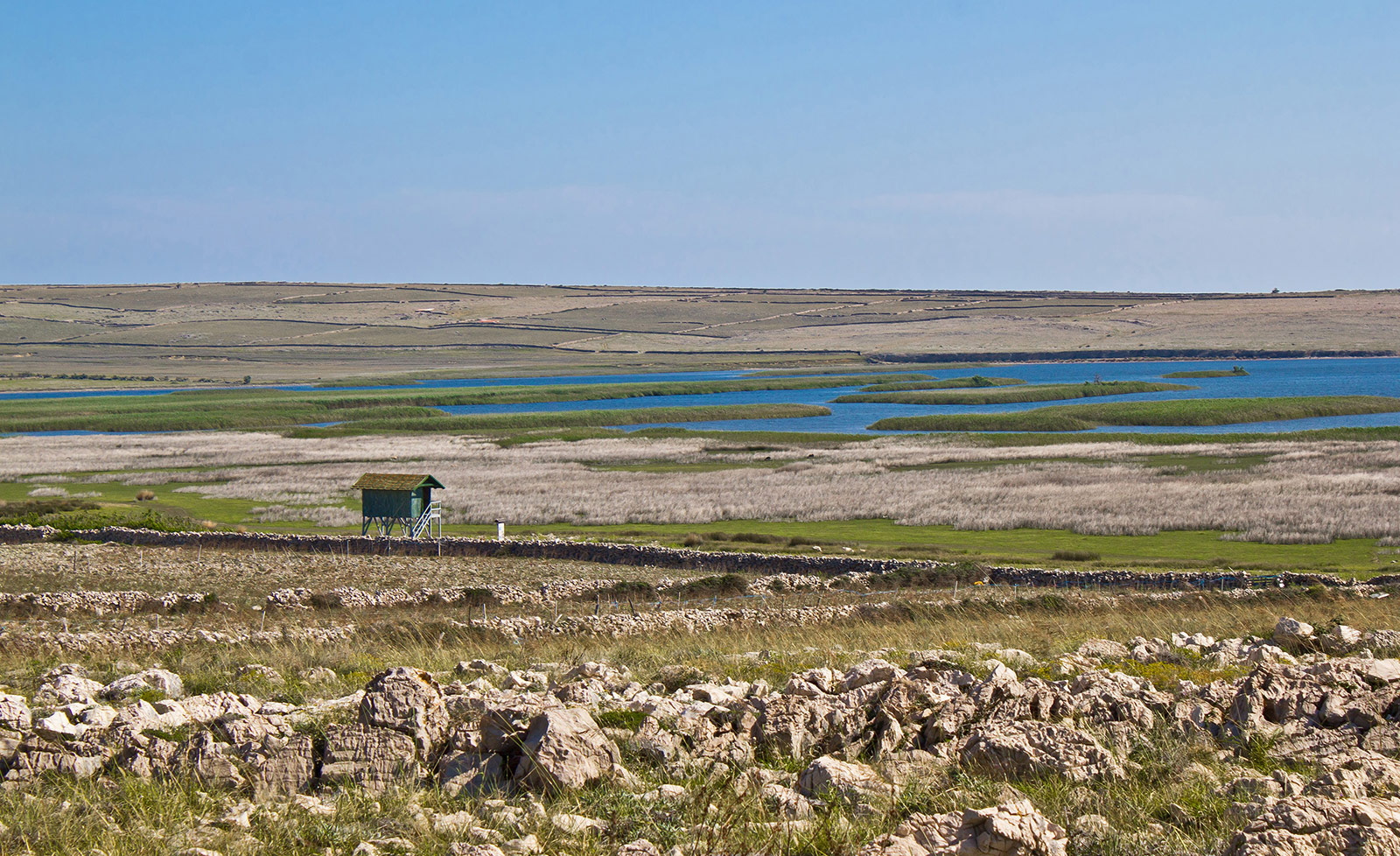
The bay “Zavratnica” has been part of the Velebit National Park since 1981: it is 1000 meters long and 50-150 meters wide, and the promenade along the coast leads you to Jablanac.
The ornithological reserve, Velo Blato, contains more than 160 species of observation birds, of which 66 species nest on Pag and within the reservoir. This location is a dream come true for all bird watchers and for photographers and all nature lovers as well.
Just one-and-a-half hours away from the residential complex, we have the National Park “Plitvice Lakes”, consisting of 7 large waterfalls that have a total fall of 242m and 16 different sized lakes. In 1979, UNESCO declared the park a World Natural Heritage.
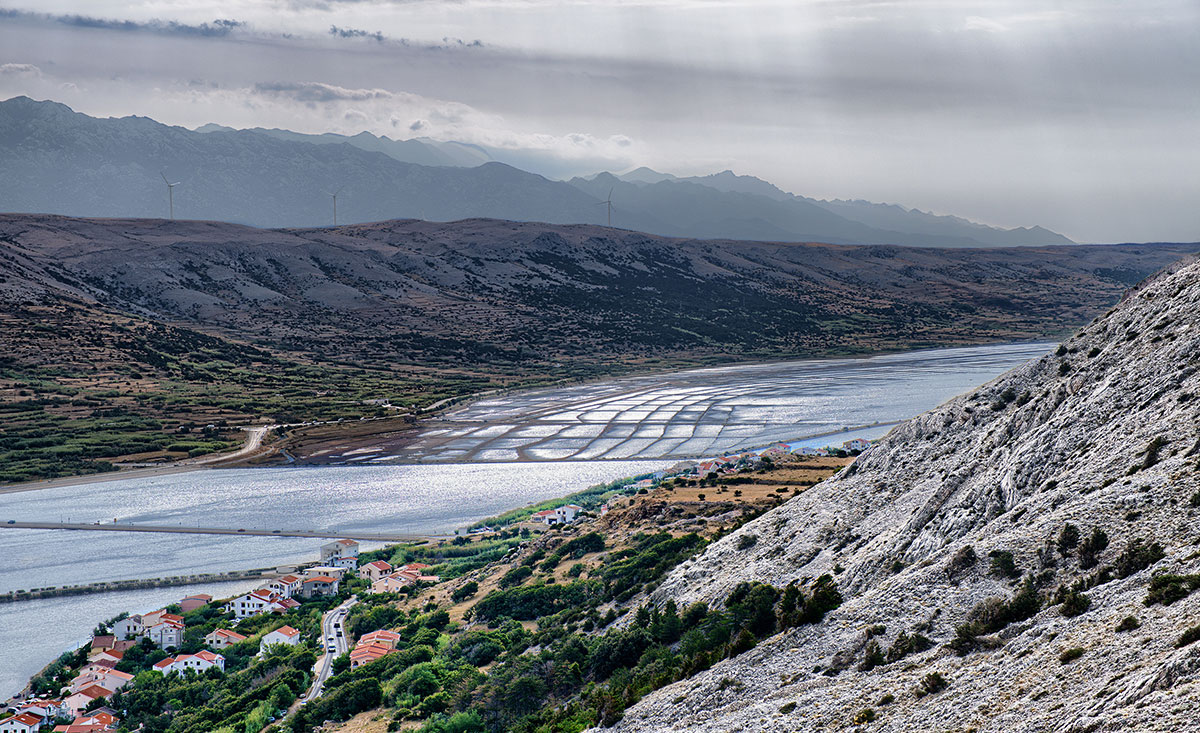
The saltpan in Pag is one of the oldest in the Adriatic: the pools cover about 2 million m2 and, together with the salt storages, it is one of the largest production facilities in Croatia.
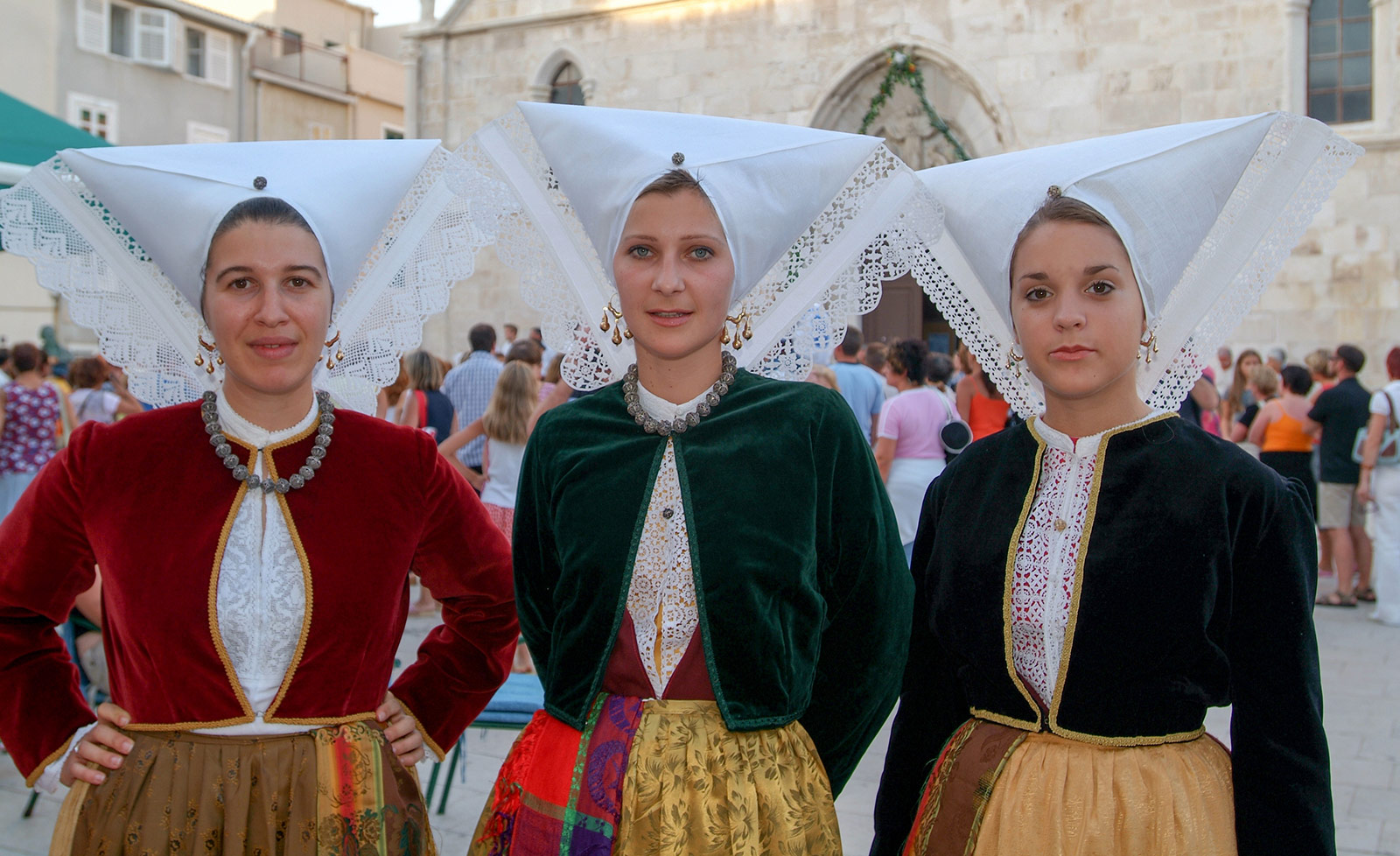
Lace is the pride and joy of this area: rich from a thousand-year-old tradition dating back to the ancient Mycenae, knit by the skilled hands of the island women. It isn’t difficult to find it – you can see women in the street knitting the lace; and in the city center, on King Petar Krešimir IV Square, the museum of lace from the Island of Pag was opened.